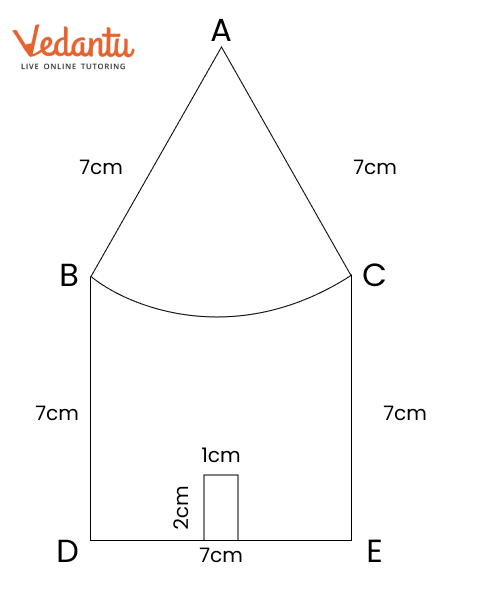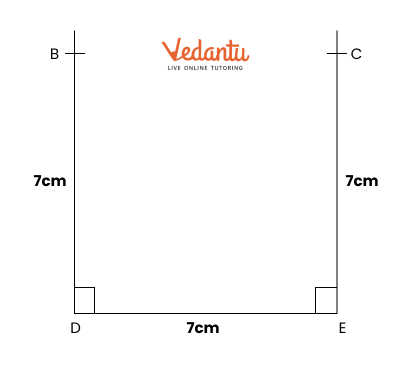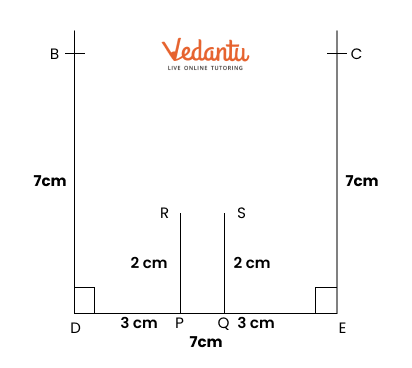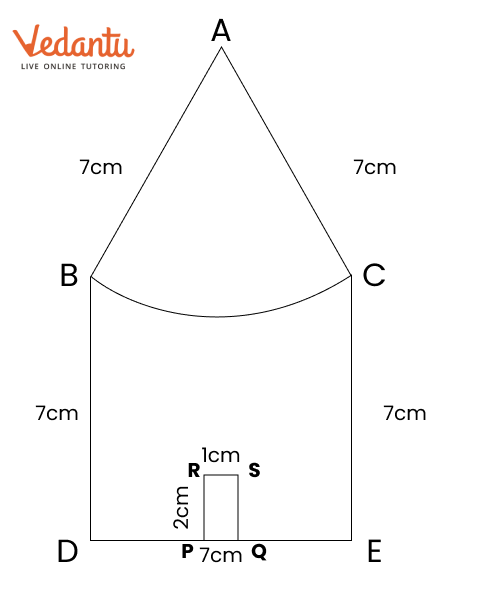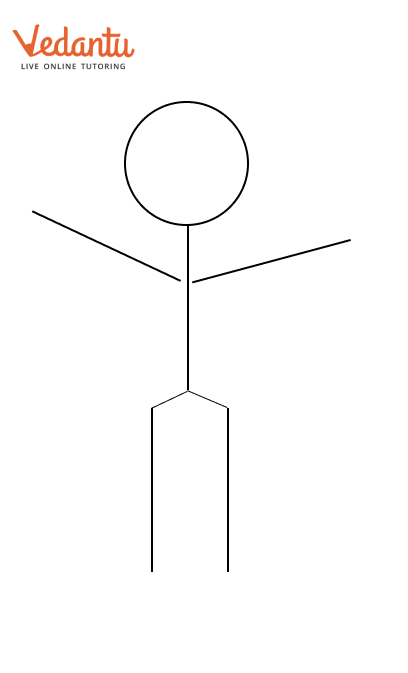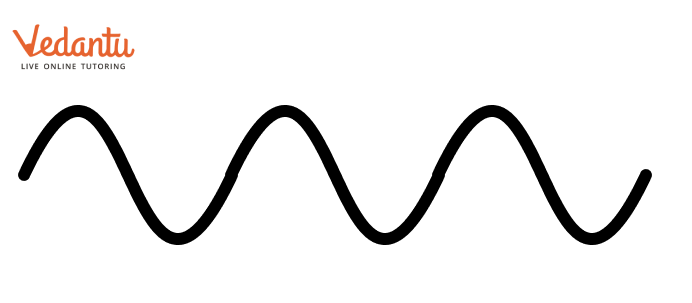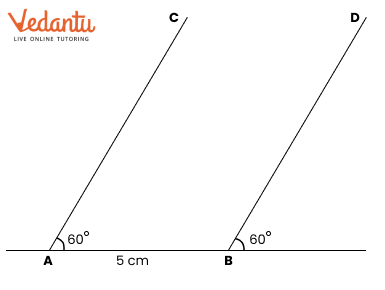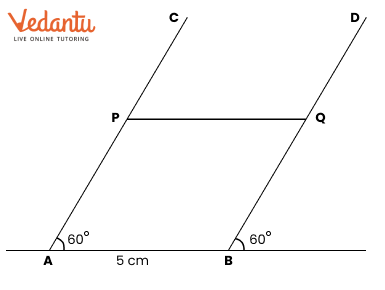Class 6 Maths Chapter 8 Questions and Answers - Free PDF Download
FAQs on NCERT Solutions For Class 6 Maths Chapter 8 Playing With Constructions Exercise 8.6 - 2025-26
1. What is NCERT Solutions for Chapter 8 Exercise 8.6 about?
Exercise 8.6 in NCERT Solutions for Class 6 Maths focuses on finding points that are equidistant from two given points. It teaches how to construct the perpendicular bisector of a line segment. This concept helps students see how points can be the same distance from two locations.
2. Why is it important to learn about points equidistant form Chapter 8 from two given points?
Understanding equidistant points helps students learn key geometric ideas. It is useful in real-life situations, like design and measurement. This knowledge prepares students for more advanced topics in geometry.
3. What tools do I need for this NCERT Solutions for Chapter 8 exercise?
For Exercise 8.6, you need a compass, a ruler, and a pencil. The compass is used to draw arcs, while the ruler helps measure and draw straight lines. These tools are essential for making accurate geometric figures.
4. How do I construct the perpendicular bisector in NCERT Solutions for Chapter 8 Exercise 8.6?
To construct the perpendicular bisector, first draw a line segment between the two points. Then, use a compass to draw arcs from each endpoint to find where they intersect. Finally, connect these points with a ruler to complete the bisector.
5. Can I see real-life examples of NCERT Solutions of equidistant points?
Yes, equidistant points can be found in everyday situations, such as in design and architecture. For example, planners often need to find points that are equally far from important locations. This helps create balanced and well-organised designs.
6. What common mistakes should I avoid when solving NCERT Solutions for Maths Class 6 Playing with Constructions?
Common mistakes include not measuring accurately or making arcs that are too small. Forgetting to mark where the arcs intersect can also lead to problems. Checking your work carefully will help ensure accuracy in your constructions.
7. How can I practise this NCERT Solutions Chapter 8 exercise 8.6 effectively?
To practise effectively, start by reviewing the steps for constructing the perpendicular bisector. Work through the problems slowly, and use NCERT Solutions to check your answers. Regular practice will help you feel more confident in your skills.
8. Are there any tips for using the compass and ruler?
Make sure the compass is tight so it doesn’t slip while drawing arcs. Keep the point steady to create accurate curves. Line up the ruler correctly with the points before drawing straight lines for better results.
9. What should I do if I don’t understand a step?
If you don’t understand a step, review the explanations in the NCERT Solutions. You can also refer to revision notes and important questions for help. Practising the step a few more times can make things clearer.
10. How can this Chapte r8 Exercise 8.6 help in future studies?
This exercise teaches important skills in geometry that are needed for later topics. Understanding equidistance helps students with more advanced concepts. It also improves problem-solving skills that are useful in other subjects.
11. Can I use this NX=CERT Solutions exercise in my projects?
Yes, the ideas from Exercise 8.6 can be useful in various projects, especially in design and architecture. Knowing how to find equidistant points can help you create balanced designs. This knowledge can enhance the quality of your project work.
12. How do I download the NCERT Solutions PDF?
To download the NCERT Solutions for Class 6 Maths PDF, visit the official NCERT website. Look for the section on Class 6 Maths and find Chapter 8. You should see an option to download the solutions as a PDF file.
13. What are the key takeaways from this NCERT Solutions Chapter 8 Exercise 8.6?
Key takeaways include understanding equidistance and how to construct perpendicular bisectors. Students learn to use geometric tools correctly and develop important problem-solving skills. This exercise connects geometry to real-life situations, making it more interesting.



















